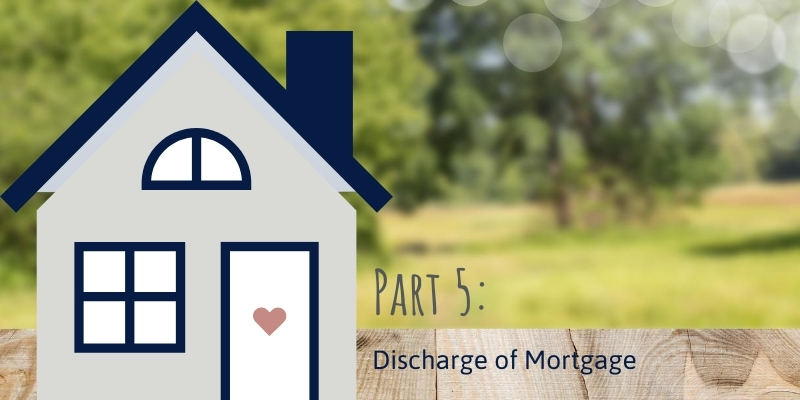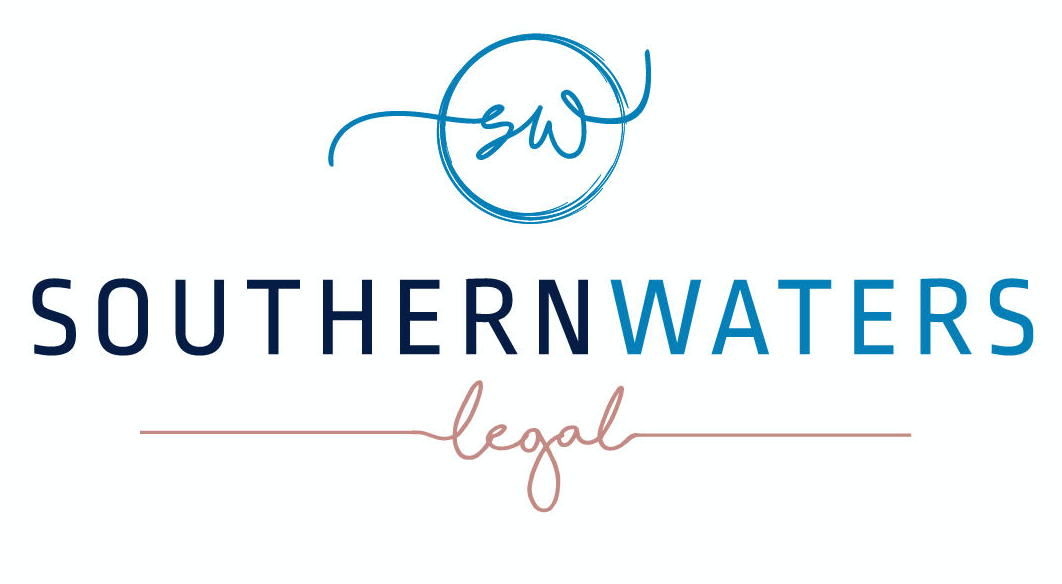Selling Property

Once Contracts have exchanged and become unconditional it is time to begin getting ready for the settlement. If you have a mortgage on the property this will need to be discharged. In order for the loan to be discharged your loan will need to be paid out in full on settlement.
What is a Discharge of Mortgage?
A Discharge of Mortgage is a document confirming that the loan has been paid out and that the property is released from the mortgage. On settlement this document will be provided by your mortgagee and lodged with NSW Land Registry Services.
How do you arrange a Discharge of Mortgage?
Each mortgagee has their own requirements for arranging their Discharge. Most are happy to be provided with a “Discharge Authority Form” required to be completed by all parties on the loan. The Discharge Authority contains the names of all the parties to the mortgage, the loan account numbers and your signatures. The Authority can sometimes be completed, printed, and emailed through or completed through the bank’s online application process. Once the Discharge Authority has been submitted you may be contacted by your mortgagee to provide Verification of Identity.
Some mortgagees prefer you to contact them directly by telephone or at a branch to commence the discharge process. Your solicitor/conveyancer will advise you as to your mortgagee’s requirements as soon as exchange has occurred.
It is important to note that most mortgagees require the Discharge Authority to be received by them at least 15 business days prior to settlement so it is of utmost importance that the authority be submitted as soon as Contracts are exchanged so that settlement is not delayed. Your solicitor/conveyancer can assist with submitting the completed form on your behalf.
What happens after the Discharge Authority is submitted?
Once the Discharge Authority is submitted your solicitor/conveyancer will liaise with your mortgagee to make settlement arrangements. Shortly before settlement the “payout figure” required by the mortgagee for the loan to be paid out will be provided. Your solicitor/conveyancer will confirm this amount with you and will liaise with you as to the distribution of the remaining funds.
What if there is no Mortgage on the property?
If you are lucky enough to not have a mortgage on the property you will need to provide your solicitor/conveyancer with the original Certificate of Title. If it is not in your possession your solicitor/conveyancer will liaise with you to make the appropriate arrangements.
For more information on Selling Property check out our other blogs:
Part 1: Getting your property ready to market
Part 2: Selecting an agent
Part 3: The Contract for Sale
Part 4: Exchange of Contracts
You may also be interested in our Purchasing a Property series:
Part 1: Finance and Deposits
Part 2: Stamp Duty
Part 3: Review of the Contract
Part 4: Property Reports
Part 5: Exchange of Contracts
What do you think? We would love to hear your thoughts! Feel free to submit your comments below or comment on our Facebook Page or LinkedIn.


